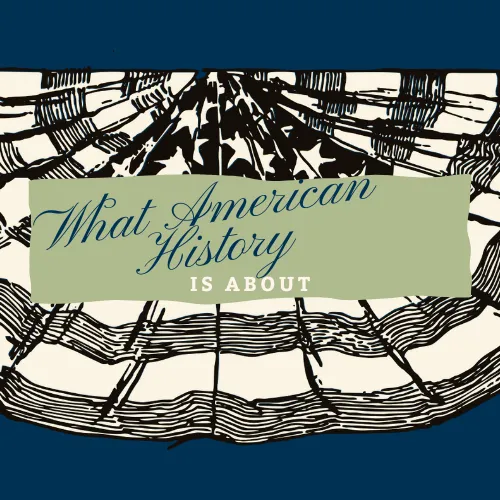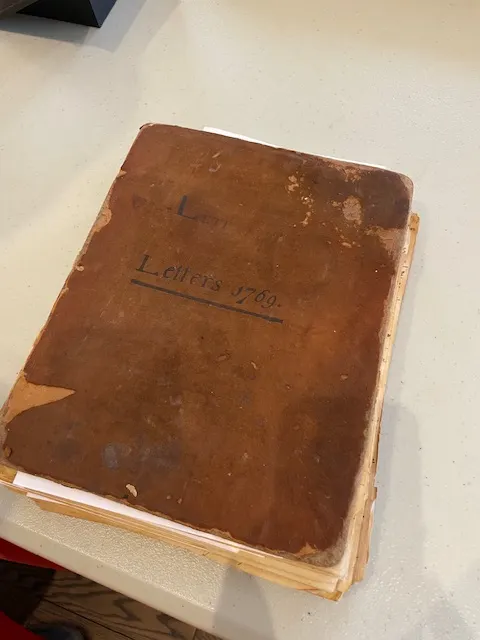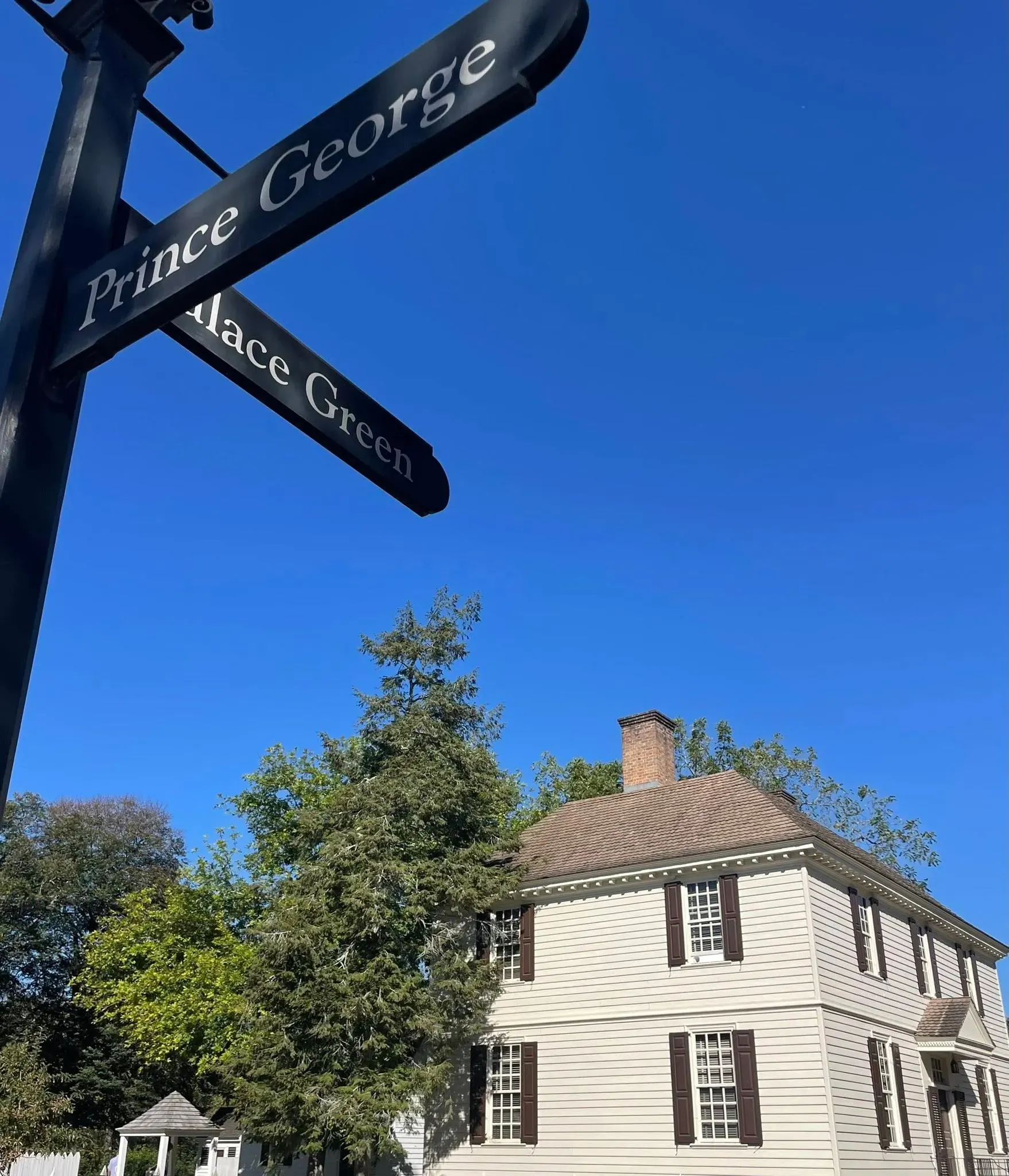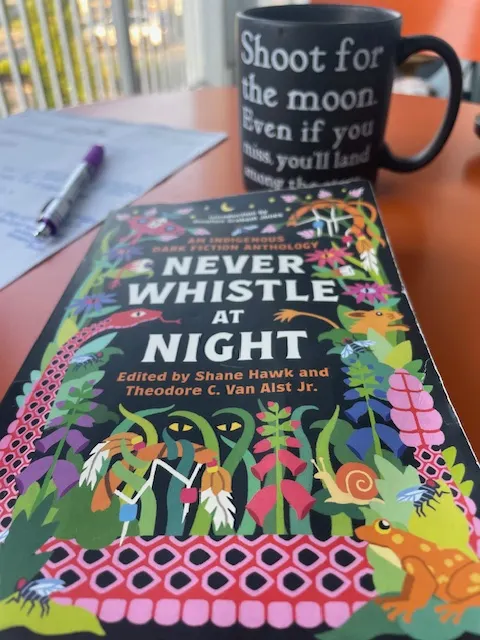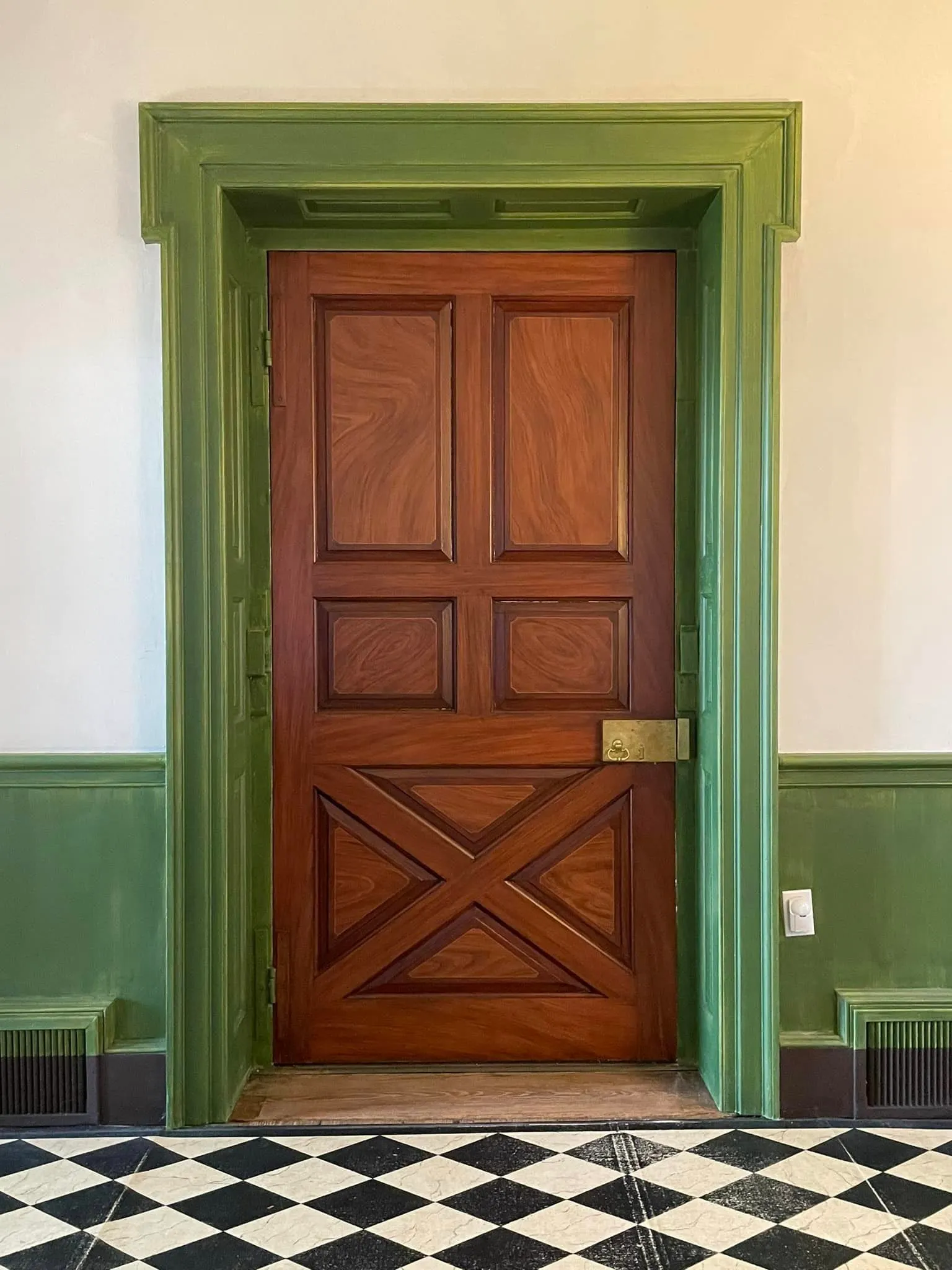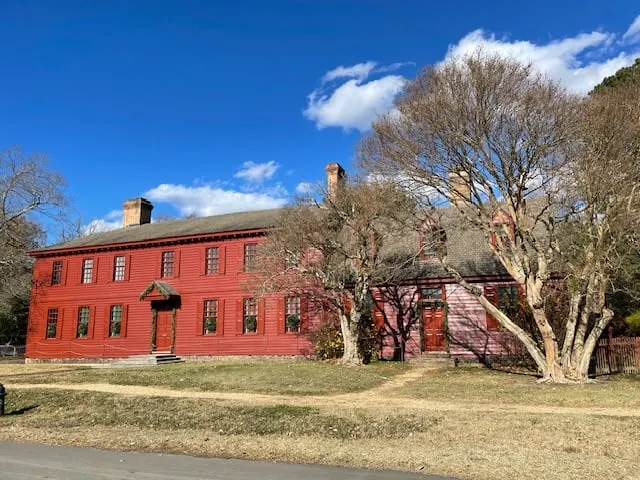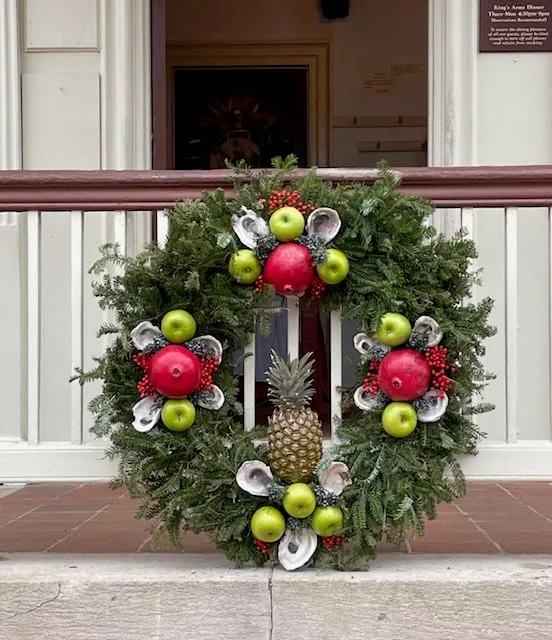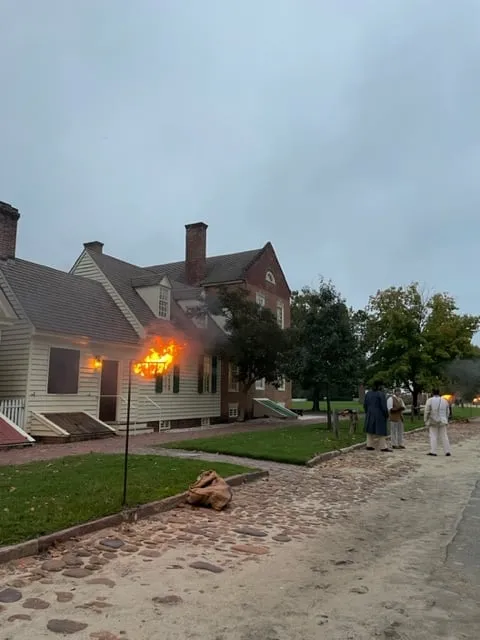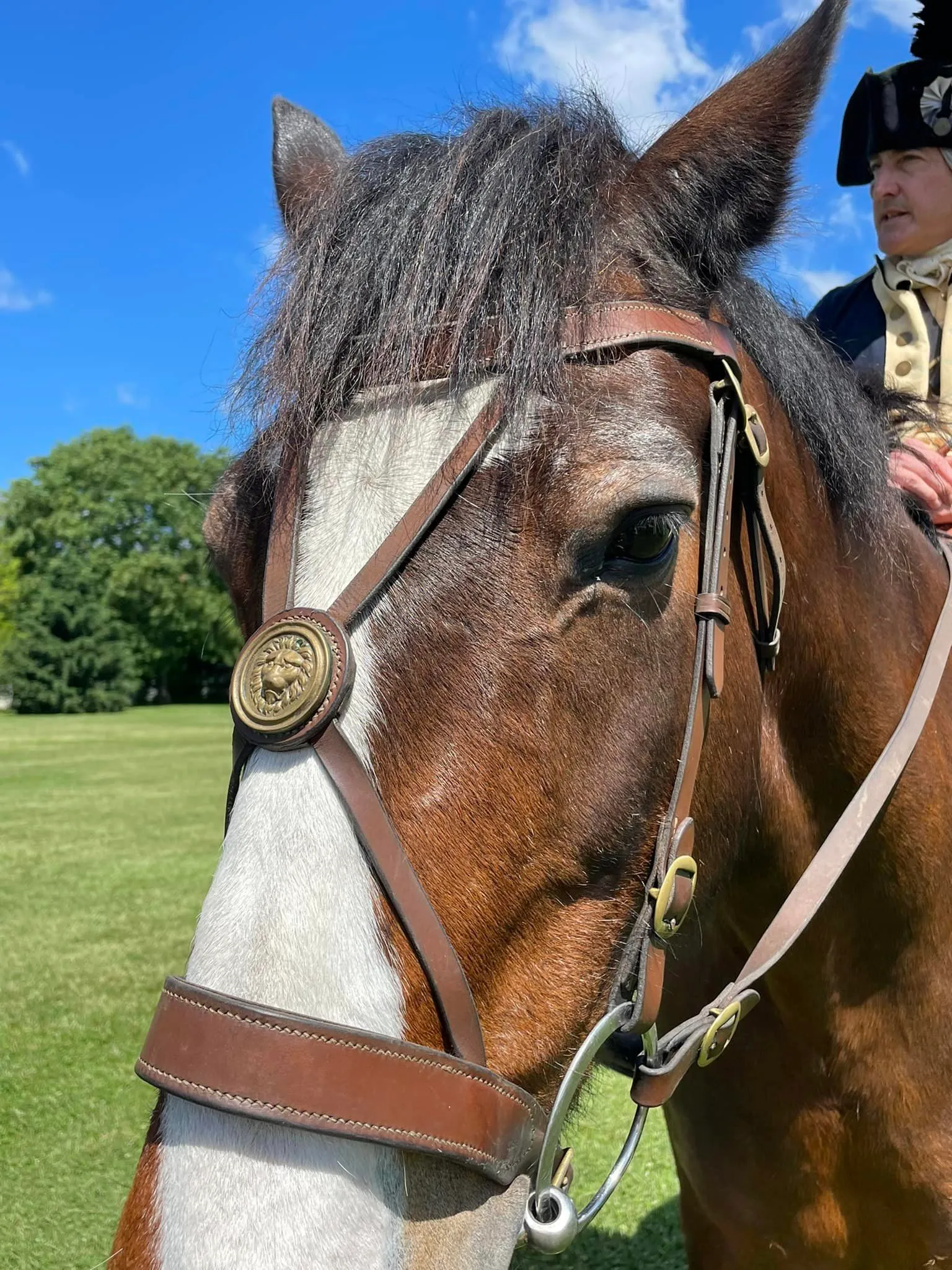Agecroft Hall: The Tudor House that Traveled to Virginia in the 1920s
What is Agecroft Hall?
Simply put: Agecroft Hall is a Tudor house, which lived through the Stuart dynasty and stayed in the same family into the 1900's. It was disassembled and shipped to Richmond Virginia to be rebuilt.
I've been before, but yesterday I dropped in with a blogger's eye (lucky for y'all right?!).
Necessary disclaimer: As a blogger, I use affiliate links sometimes! I may receive commission from purchases I share; it does not change your price but sometimes you might get a discount.
How does it fit into a blog about American History?
It starts with a couple living in Richmond Virginia during the Gilded Age. It was a time in American history where wealth grew and so did our cities. Richmond was an old city, the capital city, and the Williams' owned a lot of land.
T.C. Williams and his wife Bessie, almost 30 years younger, had a dream to bring an English country home to their land. Luckily for them, the last Dauntesey owner wanted to sell Agecroft.
In the mid-1920s, the house was disassembled, shipped to Richmond and rebuilt.
Although T.C. died within a year or two of living in Agecroft, Bessie stayed in the home until her death in 1967, decades later. Their legacy lives on because it was clearly intended in their wills that the home be converted into a museum.
Cheers to them because the upstairs room, where they met with potential investors into their new "neighborhood," entertained family and friends and simply relaxed is preserved with the thousands of books they lined the shelves with as well as with their own furniture.
Let's get to the English history we get to see through Agecroft.
If you are fascinated about the history of any of these things, you should add Agecroft Hall to your list:
- Architecture.
- Tapestry.
- Gardens.
- Pardons.
- Education.
- Medieval beliefs and rituals.
- Henry VIII turning his back on Catholicism.
- Food, cooking, and dining.
- Linguistics.
- Sheep in history.
- Portraits.
- Furniture.
- Carpentry.
- Tudor and Stuart history.
I truly can go on. But I won't because the list is too long. In fact, on the hour drive back on Route 5, I was thinking of how to structure this post.
How was I going to pack it all in and do it justice? I took almost 70 photos after all!
Simple.
I decided I would share a bit of each. Literally a bit. And allow myself to write in deeper detail on any of the topics (or tie them in with future topics) sometime in the future. #PressureOff!
Architecture.
Agecroft Hall was more than just a home to the Williams' - they wanted to create a whole neighborhood on their land. They went so far as to create a blueprint of how the parcels would be divided and the community laid out.
Their dream was to have all English Tudor-style homes- but it was around the same time John D. Rockefeller was investing in restoring Colonial Williamsburg and the brick colonial style was all the rage.
You can see the Colonial brick architecture as you drive through the neighborhood to Agecroft Hall today; the Williams' dream, in that sense, didn't actually materialize.
However, we have an original Tudor home in Virginia- made with wattle and daub and designed for function and purpose (the purpose of showing off clearly!) in the 1500s.
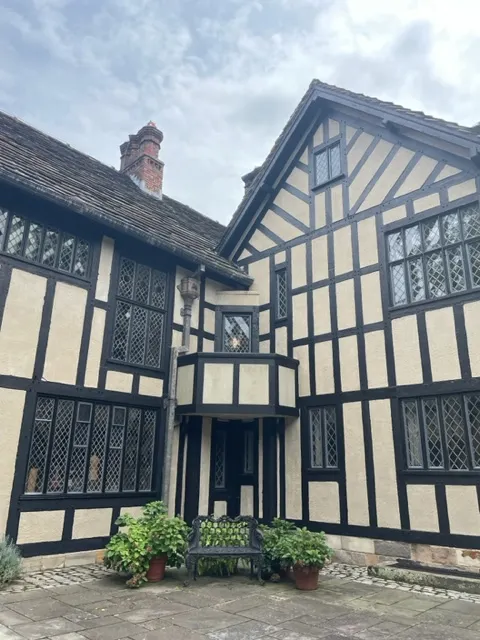
The inner courtyard.
The interior is as architecturally stunning as the exterior. Solid oak carved meticulously, the Great Hall, the glass windows, the fireplaces... all of it are worth a look.
Let's mention those glass windows a moment. At the time the home was built, the English were taxed on the actual glass. To have glass was pretty extravagant. And the great grandson of the original owner gave a nod to his family in the windows.
R.L. for Langley, who built it and the Dauntesey coat of arms for Langley's son-in-law who grew the business so much he was able to build additions to the home, making it a grand 60,000+ square feet. One day, I'll get the appropriate permissions from Agecroft and be able to share interior photos!
Tapestry.
What I learned from the docent today is that England was not a place for tapestry during the 16th and 17th centuries. In fact, Brussels was the leader in tapestry at the time.
However, for about 85 years, Mortlake Tapestry Works, established just outside London in the early 1600s, was making them as well. And to have an original Mortlake, in such great condition, is a FIND.
There's one at Agecroft. It's over the fireplace in the Great Hall and the colors, being centuries old, are stunning.
RELATED: This blog post about Mortlake Tapestry Works' history. It's not a primary source, but is a fantastic read to get you started!
Gardens.
From the entrance courtyard to the sunken gardens, Agecroft displays multiple types of gardens on the grounds. And today, at the end of August, there was vivid color all around me.
It's not surprising that statues, little buildings and a huge patio exist to enjoy the gardens from all kinds of angles and perspectives. If you love English gardens, you won't be disappointed.
They've even created a woodland walk. Direct from the brochure I received at check-in: "a rustic footpath constructed sometime in the 1940's as a strolling garden."
Side note: you can skip the house tour and wander the grounds for a lower price if that's what you're most interested in! (But I wouldn't!)
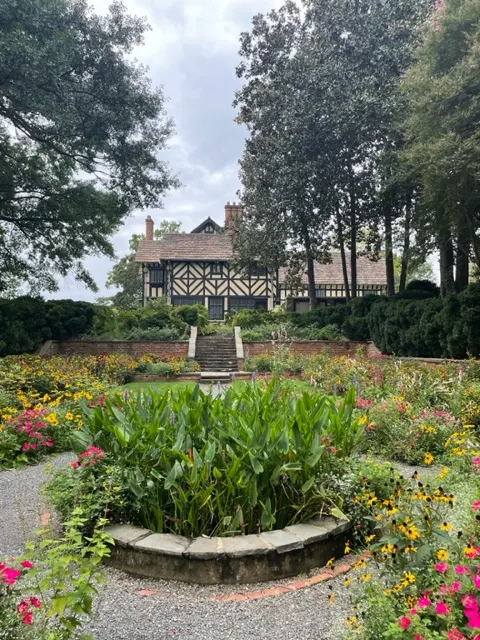
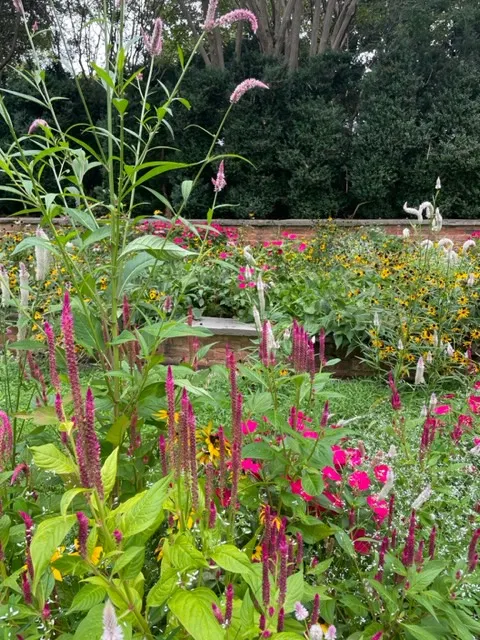
Pardons by the Queen.
I had to throw this in.
When visiting a house-museum I love all the "things" hidden in plain sight. Like this one. R.L. Langley's pardon from Queen Elizabeth the I- an ORIGINAL document sealed with her beeswax seal. Right here in this home, in this relatively small museum, about an hour from my home.
What is this pardon? What did the original owner of Agecroft need a pardon for? Nothing quite possibly! I found out from the docent that monarchs often sold general pardons to raise money!
I have to dig deeper on this one.
Education.
The children of the Stuart era had (what I think) is almost as good as today's digital devices for learning: this little paddle they could carry around with them!
It displayed the alphabet, vowel combinations and of course, the King James version of the Lord's prayer.
Medieval beliefs and rituals.
Have you heard of a "lady's bed?"
Of course Agecroft Hall has one on display! Just a note that the medieval artifacts in the home are not original to Agecroft but are all authentic to the period. Including this bed.
The goal of such a bed: improve the odds of becoming pregnant. Yes, it's a perfect example of the medieval belief in angels, fairies, and spirits. From the red-haired angels looking down from under the wooden canopy to the dragons for protection, this bed is a prime example of the era.
Apparently, red hair was associated with fertility.
Another note on beds: the curtains! Closing the curtains was believed to keep the evil spirits away while you slept and couldn't be on guard yourself.
Henry VIII turning his back on Catholicism.
I've seen my first Priest-hole. It's a little door on the wall to hide a Priest in! When Henry VIII got super-upset about not being able to get divorced and then created the Church of England, Catholic priests went on the run!
And some Brits still wanted to practice Catholicism. So they did it at home and homes like Agecroft had a little hidden space for them to escape in case the King's men showed up.
Food, cooking, and dining.
Similar to what I've learned about the 18th century here in Colonial Williamsburg, the main meal was served in the early afternoon. Most food was locally sourced of course, but if you had the money, imported fruits or spices were shown off!
You only see spoons on the table because at the time, knives were carried on your person in case they were needed and forks were avoided! Remember those medieval beliefs I mentioned above?
The devil is depicted holding a pitchfork so they just weren't used. Yes, hands were. Off to the side you'd find a water bowl to rinse your hands in if you needed it.
Napkins were large pieces of cloth set at each place and slung over your shoulder during the meal.
Linguistics.
You might also notice in the photo above that there is only one chair. Yes, it was for the "most important person" in the home. Everyone else sat on a bench.
Also to note: homes like Agecroft would have different numbers as guests on a given day. Since it could be 5 or 50, they'd often use sawhorses and lay a board across them to set the food out.
Thus: "chairman of the board."
Another bit I learned: a pig's bladder was a toy! You'd blow it up and voila: a ball! "pigskin."
Sheep in history.
I learned a lot about the value of sheep to the economy in the Colonial era and learned more at Agecroft.
After Langley died, he divided his property amongst his four daughters (he had no sons to automatically inherit it). One daughter got Agecroft. She was unmarried at the time and ran it as a femme sole for several years. She ultimately married a wool merchant, Dauntesey, and he grew the farm and the property.
His knowledge of wool and sheep farming, his contacts in the industry, and his overall ambition made Agecroft the house we see today.
The Dauntesey descendants lived in the home until it sold to the Williams' and a portrait of the seller is in the Williams' room.
Portraits.
The Dauntesey portrait isn't the only one at Agecroft. The museum displays several, all original to the 16th and 17th centuries.
Paintings say so much about a people, a culture, and an era. Several of the paintings display the subject holding a Tudor rose. One portrait is clearly meant to show off the wealth of the subject. He's wearing expensive silk stockings!
Furniture.
Extravagant carvings and decoration, simple, strong lines. That's my description. For more detail, check this article out.
I was blown away by all the dark wood, carved in such detail.
One piece I loved was the predecessor to the wing-back chair. It has a spot at the bottom to slide in a hot iron for warmth and clearly is meant to keep you cozy by holding in the heat as you sit by the fire.
And remember I mentioned learning a bit of linguistics earlier? Here's one for you. In the Tudor times, the most precious pieces like "cups" were put on a piece of furniture with a board... thus, the "cupboard."
Carpentry.
From the Tudor rose in the ceiling to the cups (mimicking a chalice in a decorative nod to religion), the carpentry at Agecroft is simply stunning.
Where else in the United States can you see authentic medieval architecture and displaying the talent of those that carved and built it all?
Tudor and Stuart history.
Let's be clear: the whole house is filled with Tudor and Stuart history. It's what this list includes! So if you're interested in that era in general, you MUST drop in.
Have you visited a place that brings history from another part of the world to the United States? Tell us about it in the comments!
Closing with a 1528 letter from King Henry VIII to Anne Boleyn, the love story that created the Church of England (click here to go to the source)
Henry VIII. to Anne Boleyn.
[ 1528 ]
On turning over in my mind the contents of your last letters, I have put myself into great agony, not knowing how to interpret them, whether to my disadvantage, as you show in some places, or to my advantage, as I understand them in some others, beseeching you earnestly to let me know expressly your whole mind as to the love between us two. It is absolutely necessary for me to obtain this answer, having been for above a whole year stricken with the dart of love, and not yet sure whether I shall fail or find a place in your heart and affection, which last point has prevented me for some time past from calling you my mistress; because, if you only love me with an ordinary love, that name is not suitable for you, because it denotes a singular love, which is far from common. But if you please to do the office of a true loyal mistress and friend, and to give up yourself body and heart to me, who will be, and have been, your most loyal servant, (if your rigour does not forbid me) I promise you that not only the name shall be given you, but also that I will take you for my only mistress, casting off all others besides you out of my thoughts and affections, and serve you only. I beseech you to give an entire answer to this my rude letter, that I may know on what and how far I may depend. And if it does not please you to answer me in writing, appoint some place where I may have it by word of mouth, and I will go thither with all my heart. No more, for fear of tiring you.
Written by the hand of him who would willingly remain yours,
H.R.
Are you enjoying this blog? Use my online tip jar and buy me a coffee:
There is a huge practical disclaimer to the content on this blog, which is my way of sharing my excitement and basically journaling online.
1) I am not a historian nor an expert. I will let you know I’m relaying the information as I understand and interpret it. The employees of Colonial Williamsburg base their presentations, work, and responses on historical documents and mainly primary sources.
2) I will update for accuracy as history is constant learning. If you have a question about accuracy, please ask me! I will get the answer from the best source I can find.
3) Photo credit to me, Daphne Reznik, for all photos in this post, unless otherwise credited! All photos are personal photos taken in public access locations or with specific permission.
